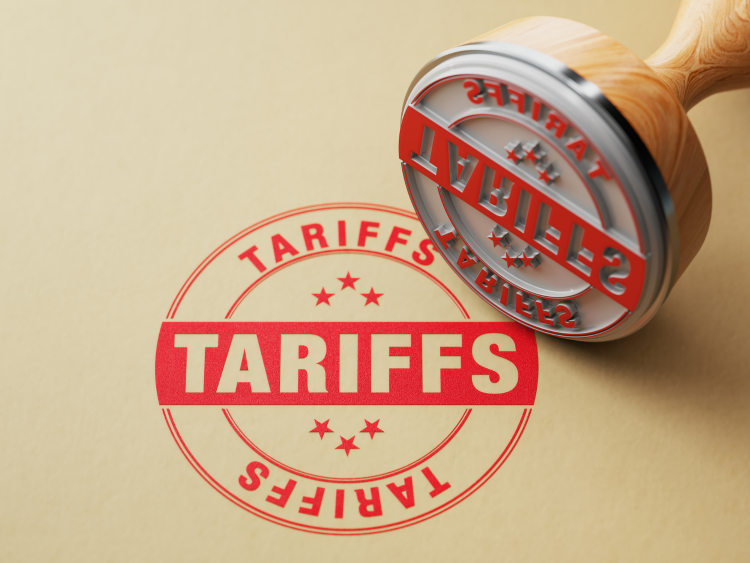Steel Products

A Marriage Made of Steel: Big River Steel and U.S. Steel
Written by Sandy Williams
August 28, 2020
The future of U.S. Steel and Big River Steel as one entity continues to excite CEOs from both companies. Speaking during the SMU Virtual Steel Summit this past week, U.S. Steel CEO David Burritt could barely contain his enthusiasm regarding the opportunities the marriage of the two companies will provide the iconic steel producer.
Burritt called Big River Steel an “incredible asset” that U.S. Steel is thrilled to be “engaged to” even though the marriage probably won’t take place for more than three years.
The entrepreneurial mindset of Big River Steel, their technological capabilities and nimble operations will bring the “best of both worlds” to U.S. Steel and allow the company to be profitable even in the trough cycles, said Burritt. He added that U.S. Steel will be sure to take care with Big River’s culture. “We will not stifle them. We will let them run their business and they will run it better,” he said. “When we are ready to go, and we will go, we will amaze and delight everyone.”
David Stickler, CEO of Big River Steel, said the partnership with U.S. Steel will bring BRS deep product know-how, research capabilities and extensive customer contacts, especially in the automotive industry.
“Our cultures are different, I won’t deny that,” said Stickler. “U.S. Steel has 118 years of doing things a certain way, but hats off to them for embracing change.”
The two companies are already working on projects together. U.S. Steel had been paying a company to take their scrap sheet, slabs and pipes and cut them up for reuse in their BOF. Big River is now taking that scrap, processing it more efficiently and melting it in the EAF to produce high-quality steel that U.S. Steel can sell through its system.
Both companies have separate projects in the works that are nearing completion. Big River Steel is targeting Nov. 18 for completion of an expansion that will double its hot rolled coil capacity to just over 2.6 million tons. So far, the project is almost three months ahead of schedule and 6 percent under budget. Stickler says that commercial quality steel will be produced on the very first day and after a three-day cooling period will be in the market. Based on Big River’s experience in Phase 1 of the Osceola mill, operations should be at or above rated capacity by the fourth or fifth month of production.
Stickler was particularly proud of the design of BRS, with automation from scrap loading through to the galvanizing line, which produces 3,000 tons of steel annually per employee. Following completion of the expansion, that figure will move to over 5,000 tons annually per employee. Competitors, he said, are struggling to get over 900 tons per employee.
Another project in the works for Stickler is “off balance sheet from Big River Steel.” Plans are in the works to build a steel mill at Brownsville, Texas, and work has begun on obtaining environmental permits. With a finally completed power system at Brownsville, incentive packages in the works, a great scrap supply, access to a deep water shipping channel and expected financing from a German bank, the project is getting closer to fruition. Once completed and generating free cash flow, BRS will have an option to acquire it. Said Stickler of the project, “Can I say with 100 percent certainty that we will build it in Brownsville? No, but I can tell you we have 100 percent certainty that we want to.”
At U.S. Steel, the endless casting project at Mon Valley is on hold until it receives permitting. When completed the facility will be able to produce steel as thin as six strands of hair, said Burritt. The EAF at Fairfield is expected to be running by the end of the year and the team has been receiving advice and training from Big River Steel. A continuous galvanizing line at the Protec facility in Ohio will enable customers to utilize a fast stamping process with existing tools and dies and will be commissioned by the end of the fourth quarter.
Can EAFs produce the quality of exposed steel that the automotive market requires? Absolutely, said Stickler. Whenever an integrated steel maker says an EAF can’t do something, they are proven wrong, he said. Stickler added that auto companies are also increasingly looking at the sustainability footprint of their steel supply. Big River is among the top three lowest carbon emitters in the steel world.
“Automakers are loath to buy from those who mine iron ore and coal and produce steel in equipment that was installed 80 some years ago,” said Stickler. When asked by an auto company if Big River could produce the highest quality steels using 100 percent steel scrap, he replied, “Not sure about 100 percent, but with your help we could do 90 percent.”
Both Stickler and Burritt are confident in the futures of their companies and looking forward to one that includes the best of both their strengths.

Sandy Williams
Read more from Sandy WilliamsLatest in Steel Products

CRU: US stainless prices to rise on expanded S232 tariffs
Stainless prices in the US market will rise, following price increases by major US producers. Our base case scenario incorporates higher US prices in the near term, despite the initial negative reaction by the market. US stainless prices will go up in 2025 H2 and will stay elevated in 2026 as tariffs on stainless […]

Galvanized steel demand unsteady amid lingering buyer fatigue: HARDI
Uneven demand for galvanized steel in June reflects a market that remains mired in uncertainty, according to industry sources.

OCTG industry salutes Customs for catching trade crooks
The US OCTG Manufacturers Association is commending US Customs for intercepting another Thai company's attempt to illegally transship Chinese oil pipe to the US.

Whirlpool says tariffs will bolster business
“Economically, the business case for products made in the us has become a lot more attractive," the CEO told Fox Business.

Worthington Enterprises buys Elgen Manufacturing
Worthington Enterprises acquires HVAC products maker Elgen Manufacturing.
